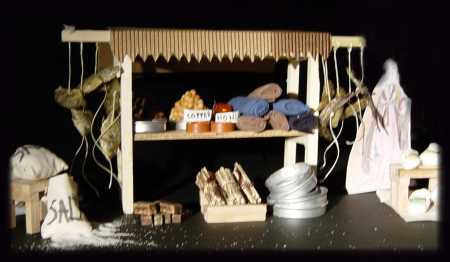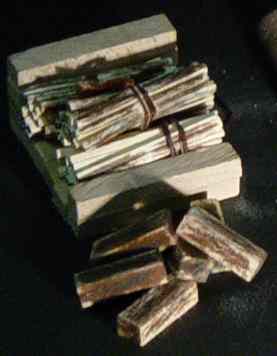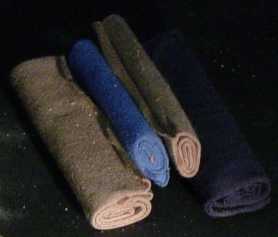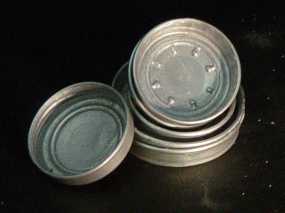EABJM
The Medieval Marketplace
5è3 IDD
|
Goods from England & the Baltic

|
The pillar of England's export economy was wool. Initially, large
quantities were exported to Flemish weaving towns such as Ghent and Ypres
and English cities like Norwich grew rich on the trade. The rural population
also benefitted on the wool export through the cottage industry. However,
as the English only knew how to make coarse cloth from their wool, they
had to buy back the finer cloths and this was a handicap to trade profits.
In the end, King Edward III (1312 - 77) made a law against wool
exportation and invited textile makers from Flanders to come and teach
their art to the English. Merchants organised themselves in
guilds
Once they had learnt the complicated art of weaving and dyeing, the
English exported their fine cloth to the South (Italy). There, their boats
picked up and brought back precious metals, silks and other luxuries from
the eastern Mediterranean to England and Flanders. This trade activity
finally made England the most powerful nation in the world.
Merchants from countries in the Baltics, Belgians, Germans, and
Dutch also took their iron/copper (for money used for exchange), wood
(used for timber), furs, dried fish and honey to the south and came back
with luxury items such as wine and olive oil.
Luebeck
was the most properous city in this part of the world. It
began the Hanseatic League in the twelth century by forming an alliance
together with Hamburg.
Luebeck had easy access to
fish
(especially herring) which was an important part
of European Christian diet and Hamburg to the salt produced in the salt
mines of Kiel which could be used to preserve fish. By joining together
and building a canal they were able to gain greatly through the herring
trade. Luebeck's geographical position in the Baltics also allowed it to
control and gain from the Baltic trade.
Travel was dangerous in the Middle Ages and therefore it was mainly
round the Baltic sea that the first German merchants made their voyages.
As it was also one of the few 'free cities' which meant that its inhabitants
were not tied down to feudal lords Luebeck was able to keep its dominance
in the Hanseatic League even when it had spread to over sixty cities.

Sources:
www.pro.gov.uk/pathways/utk/ france
www.pro.gov.uk/pathways/utk/ england
www.bbc.co.uk/dnal/place-devon/A723386
www.fordham.edu/halsall/maps
www.city.sumy.ua/history/ukraine/6!.html
www.theotherside.co.uk/tm-heritaye/baucgroud/medieval-wool.htm
Various sites found in www.geocities.com/Medieval World/Linktrade.html
The Middle Ages (Book leant to us by Mr Hughes)
'The Vikings' by Susan M. Margeson
Dorling Kindersley 1994
'Les états et civilisation médievale'
Collection : Grande encyclopédie de l'histoire
Edition Bordas
|
Meet the IDD team
What was the most interesting part of the project?
What we found most interesting in IDD was working in a group. Meeting
at Jumoye's house was helpful because we were not in a school environment
and could relax. We had a lot of fun there too. Also, we greatly enjoyed
building the model stall.
What was the most difficult part of the project?
The organisation and deciding what each of us had to do was one of the
most difficult things. Another difficult thing was getting information as
we didn't always know the key words to use. On a few subjects, we had to
much information and we found that using only the most important bits was
very hard!
|
|
|




